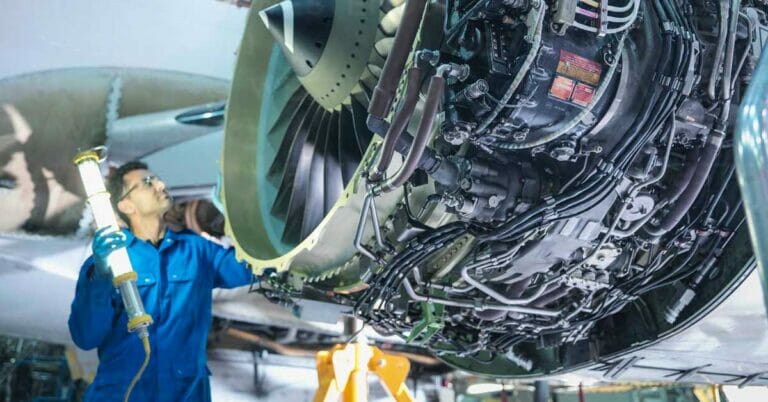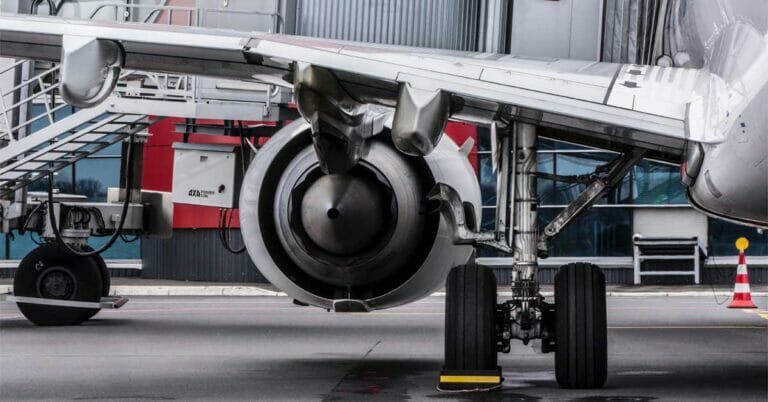Global demand in the aerospace sector continues to grow.
Indeed, air traffic has doubled over the last 13 years, reaching 4 billion passengers carried in one year in 2017: an overall growth of 7.6.
This growth is expected to continue according to IATA (International Air Transport Association), which forecasts a doubling of air traffic over the next 15 years.
In order to meet this growing demand, the number of aircraft is expected to grow considerably to about 45,000 by 2035: today 26,000 commercial aircraft are in use.
For the safety of all, extremely rigorous maintenance is required in this sector and at great cost:
The average cost of maintenance for an airline is estimated to be around $1,070 per flight hour according to an IATA survey of 49 airlines in 2016
But…what exactly is this maintenance?
The types of inspections are diverse: We have :
Visual inspection
In-depth inspection using specific procedures
Simple tests of calculators
Complex tests (e.g. engine tests)
In addition to these various tasks, there are maintenance tasks such as lubricating various mechanisms or replacing filters on the aircraft’s systems, a task known as “Servicing”.
Checks or inspections may result in repairs, refurbishments or replacements of equipment in accordance with the manufacturers’ manuals and documents.
All these tasks are listed in a maintenance manual which defines the checks to be carried out and their periodicity: This periodicity comprises several levels:
Level A maintenance
This is done every 500 flight hours (approximately every month). It is usually carried out in one night in an airport compound. The frequency of this type of maintenance changes depending on the type of aircraft, the number of cycles (1 take-off and 1 landing), or the number of flight hours since the last check.
Level B maintenance
This maintenance is carried out every 3 months (approximately). This check is usually carried out during the night in an airport enclosure
Level C maintenance
This is done every 12-18 months or according to a set number of flight hours. This inspection takes the aircraft out of service and requires a lot of space – usually in a maintenance hangar.
Level D maintenance
This phase is also known as a heavy maintenance visit. It is carried out every 4-5 years. It requires more time and space than other types of maintenance and must be carried out in a maintenance hangar. It lasts a minimum of two weeks, sometimes up to 2 or 3 months depending on the type of aircraft, its age and the number of flying hours.
These Category D checks are heavy checks called overhauls. The aircraft is grounded for an extended period of time, during which all components are inspected and repaired if necessary. An overhaul of a large aircraft typically involves the performance of some 10-15,000 complex, precise, and strictly regulated tasks. The tests that manufacturers impose correspond to a defined number of flight hours or an estimated life span of a given aircraft. Maintenance is carried out according to a rhythm determined by the manufacturers, in a strict manner. The hours of repairs vary according to the type of fleet
All of this maintenance called “MRO” (Maintenance, Repair and Overhaul) can be greatly facilitated by good CMMS software: the best software able to analyse this mass of information




